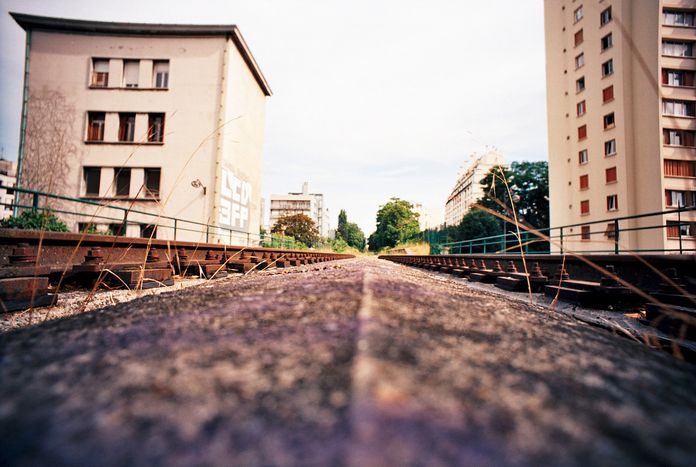
A Greater Paris, a great idea?
Published on
Latest news on the Greater Paris, a concept dear to Nicolas Sarkozy… As Jean Nouvel won the architecture contest for the design of the Signal Tower, a future landmark of the rejuvenated capital, the president gathered architects, sociologists and city planners to precise the main feature of the project. What is actually the Greater Paris? So far it is being debated. Our great cousin London may well be a source of inspiration.
A bit of fresh air for Paris
Nicolas Sarkozy stirred the idea of a Greater Paris for a year or so. Paris is a capital city circled by very tight administrative limits. The majority of its workforce lives in the suburbs in what forms a patchwork of towns of different sizes and whose policies lack coordination. The situation is more than a mere concern when one knows the difficulties of transportation, housing and discrimination faced by inhabitants of the Parisian region.
Given this state of things, different visions of the Greater Paris project are being imagined by left wing and right wing politicians in a vaguely consensual atmosphere. The right wing senator Philippe Dallier suggests that the town neighbouring Paris directly be integrated to it and wishes the different districts around the capital to be merged into one to make it more powerful and give it more attributions. Jean-Paul Planchou, a left wing mayor, advocates the improvement of existing institutions notably at the regional level.
There will be some time before these political plans are transformed into real actions. Meanwhile, on the other side of the Channel, the Greater London model has been long a symbol of attraction and dynamism.
The open city of London and a suffocating Paris
London emerged of an urban structure that differs from Paris’ on all accounts. This open city gathers a collection of villages that ended up forming a vast conurbation. This is why the Greater London authority was imagined in 1965. It gathers 33 boroughs populated with no less than 8 million inhabitants. Administratively speaking, there is no city called London except the borough of the city of London and the function of Mayor of London was only created in 2000 to give the Greater London a political figure.
Paris, on the other hand, is a French city almost like all the others. Apart from its district structure and county status, it does not have an authority governing its urban community. It is only populated with 2 millions inhabitants within the “périphérique”, a ring road acting as a border between the city and its famous “banlieues” where 6 millions proxy-Parisians live.
The Greater London works like a small government vested with large powers in the field of transportation, housing and security. The underground system often stretches as far as 30 kilometres outside the city centre. In Paris, the city hall has to get itself into judicial battles when it seeks to extend its Vélib’ system 2 kilometres away from the city limits.
Paris loses an incredible amount of time and money suffocating within obsolete administrative borders and fragmented governance. London seems to breath better but is it nonetheless the perfect model?
Paris will never be London.
The admiration our president has for Great Britain is well known. The same probably goes for the dynamic London. Paris, in its historical shrine, will remain a city of the past, symbolising luxury and living at slower pace. It will also be less vibrant and less cosmopolitan than London that always attracted people from all over the world and sometimes an eccentric population.
Let us hope that the architects of the Greater Paris will take this into account. The rejuvenation of the capital must not mean that the old fashioned charm of the city must be done away with to copycat London.
Julien De Cruz



